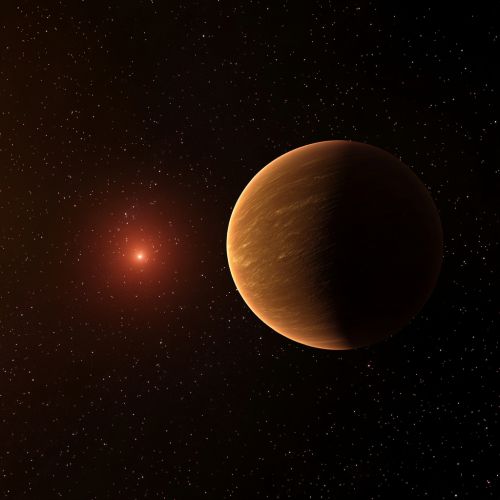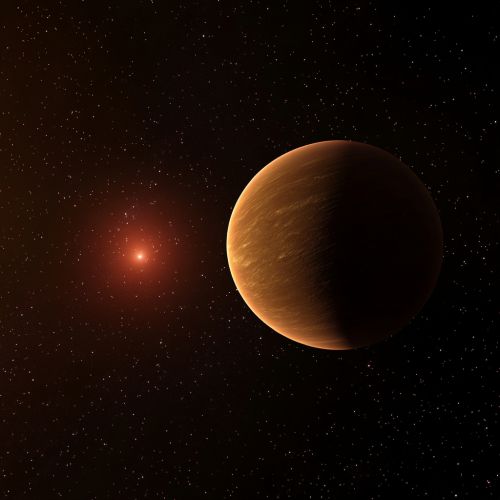Minimum Stellar Mass
Introduction
The concept of minimum stellar mass is a fundamental aspect of astrophysics, defining the lower limit at which a celestial object can sustain hydrogen fusion in its core, thereby qualifying as a star. This threshold is critical for understanding the formation, evolution, and classification of stars within the broader context of stellar astrophysics.
Definition and Importance
The minimum stellar mass is the smallest mass a celestial object must have to initiate and sustain hydrogen fusion reactions in its core. This process is essential for a star to shine and produce energy over extended periods. Objects below this mass threshold are classified as brown dwarfs, which are substellar objects that cannot sustain hydrogen fusion.
Theoretical Background
The minimum mass for hydrogen fusion is approximately 0.08 solar masses (M☉), or about 80 times the mass of Jupiter. This value is derived from the principles of stellar structure and evolution, particularly the balance between gravitational forces and thermal pressure within a star.
Gravitational Contraction and Thermal Pressure
In the early stages of star formation, a protostar forms from the gravitational collapse of a molecular cloud. As the protostar contracts, its core temperature and pressure increase. When the core temperature reaches around 10 million Kelvin, hydrogen nuclei can overcome their electrostatic repulsion and fuse, releasing energy.
Degeneracy Pressure
For objects with masses below the minimum stellar mass, degeneracy pressure, a quantum mechanical effect, halts further gravitational contraction before the core temperature becomes high enough for hydrogen fusion. This results in the formation of a brown dwarf rather than a true star.
Observational Evidence
Observational data from various telescopes and space missions have provided empirical evidence supporting the theoretical minimum stellar mass. These observations include the detection of brown dwarfs and low-mass stars in star-forming regions and stellar clusters.


Brown Dwarfs
Brown dwarfs are substellar objects with masses between approximately 13 and 80 Jupiter masses. They occupy the mass range between the heaviest gas giant planets and the lightest stars. Brown dwarfs are characterized by their inability to sustain hydrogen fusion, although they may fuse deuterium or lithium in their early stages.
Formation and Characteristics
Brown dwarfs form similarly to stars, through the collapse of a molecular cloud fragment. However, their lower mass means they do not reach the necessary core temperatures for sustained hydrogen fusion. Brown dwarfs cool and fade over time, emitting primarily in the infrared spectrum.
Spectral Classification
Brown dwarfs are classified into spectral types L, T, and Y, based on their temperature and spectral features. These spectral types help astronomers distinguish brown dwarfs from low-mass stars and giant planets.
Implications for Stellar Evolution
The minimum stellar mass has significant implications for our understanding of stellar evolution and the initial mass function (IMF), which describes the distribution of masses for a population of stars at birth.
Initial Mass Function (IMF)
The IMF is a crucial tool in astrophysics, influencing theories on star formation rates, the chemical evolution of galaxies, and the dynamics of stellar populations. The minimum stellar mass sets a lower boundary for the IMF, impacting the relative numbers of low-mass stars and brown dwarfs.
Star Formation Theories
The process of star formation is influenced by the minimum stellar mass, as it determines the conditions under which a collapsing molecular cloud fragment can form a star. This threshold affects the efficiency of star formation and the resulting stellar population in a given region.
Conclusion
The concept of minimum stellar mass is essential for understanding the boundary between stars and substellar objects. It provides insights into the processes of star formation, the characteristics of brown dwarfs, and the broader implications for stellar evolution and the initial mass function. Continued observational and theoretical research in this area will further refine our knowledge of these fundamental astrophysical phenomena.
